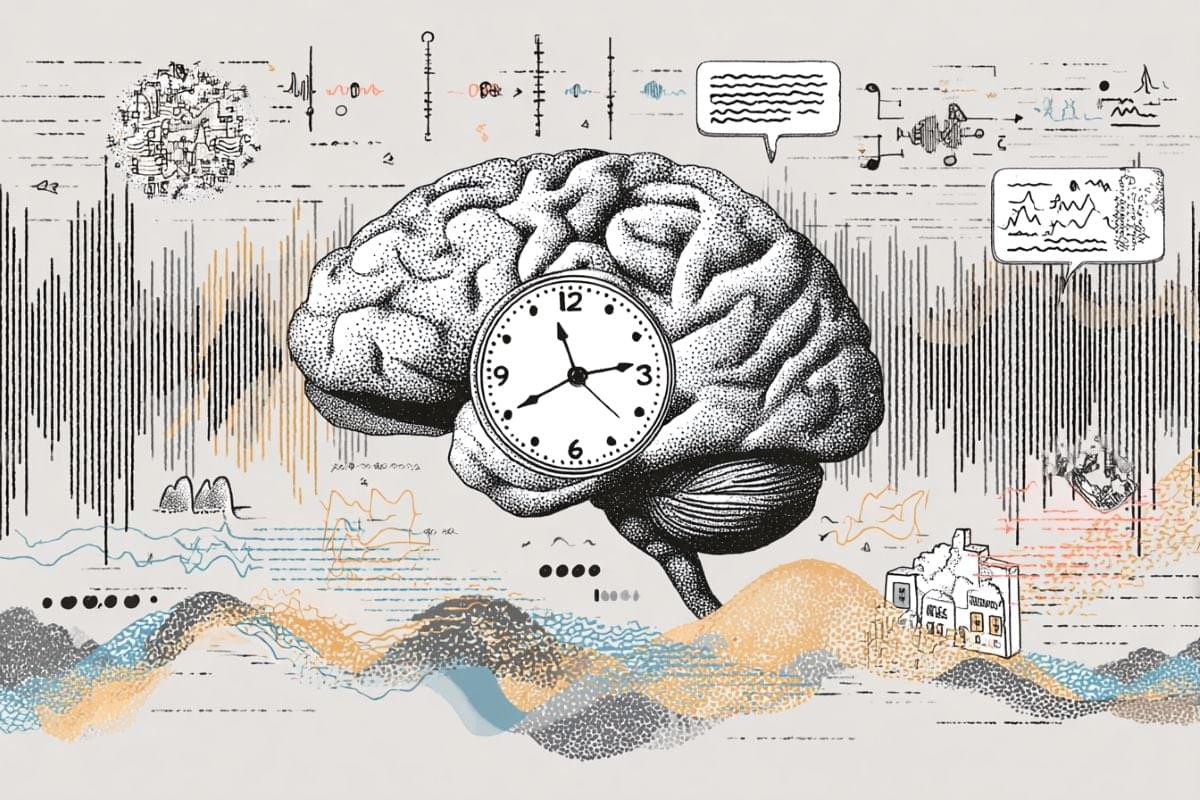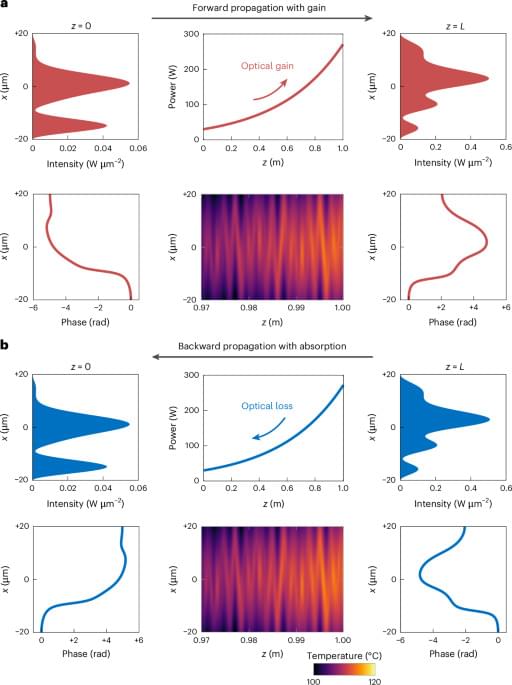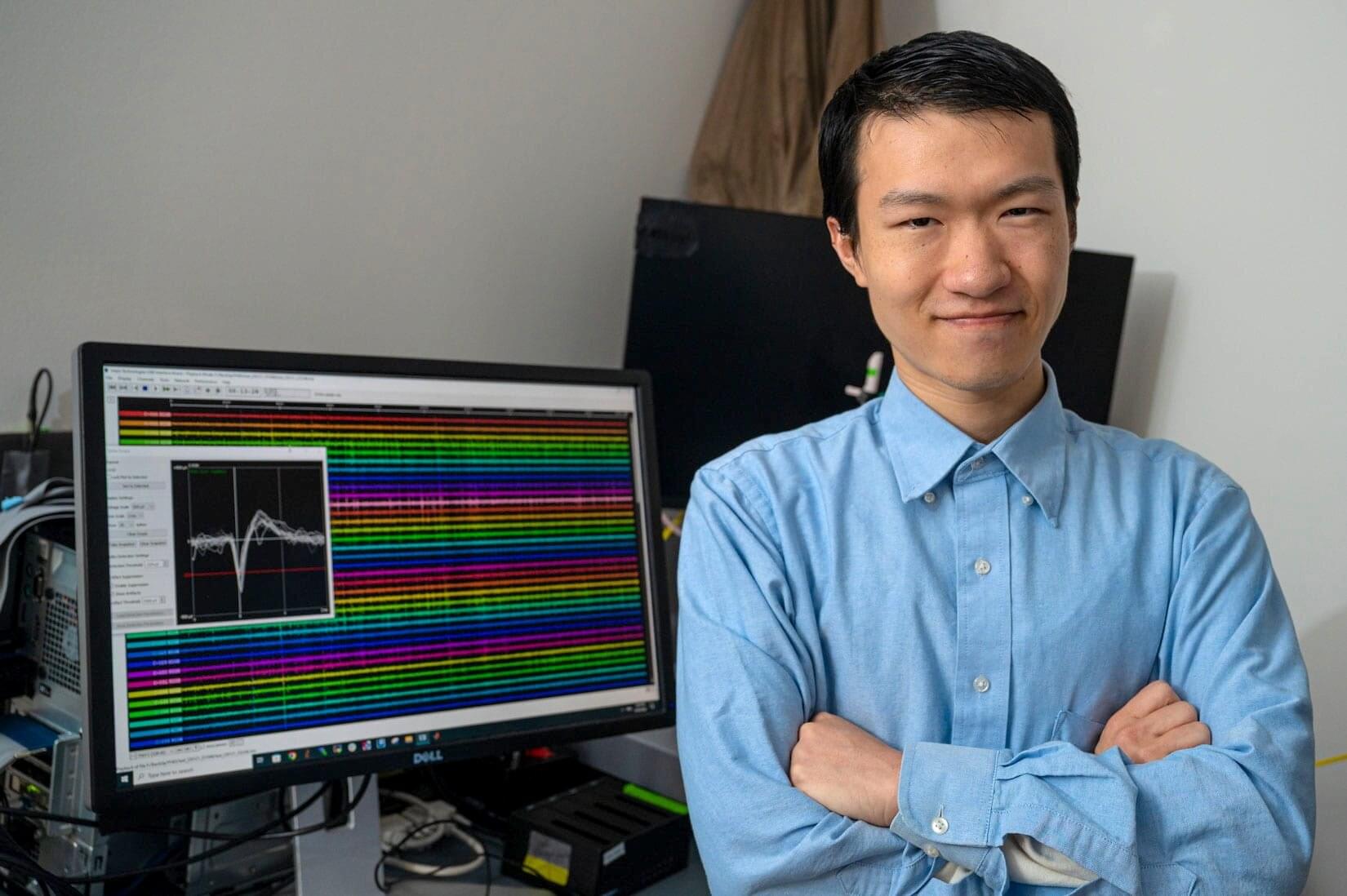New research shows that when people listen to speech at different speeds, the auditory cortex does not adjust its timing but instead processes sound in a fixed time window.



Researchers led by Rice’s Yong Lin Kong have developed a soft but strong metamaterial that can be controlled remotely to rapidly transform its size and shape.




Scientists have developed and tested a deep-learning model that could support clinicians by providing accurate results and clear, explainable insights—including a model-estimated probability score for autism.
The model, outlined in a study published in eClinicalMedicine, was used to analyze resting-state fMRI data—a non-invasive method that indirectly reflects brain activity via blood-oxygenation changes.
In doing so, the model achieved up to 98% cross-validated accuracy for Autism Spectrum Disorder (ASD) and neurotypical classification and produced clear, explainable maps of the brain regions most influential to its decisions.
Researchers led by Rice University’s Yong Lin Kong have developed a soft but strong metamaterial that can be controlled remotely to rapidly transform its size and shape.
The invention, published in Science Advances, represents a significant advancement that can potentially transform ingestible and implantable medical devices.
Metamaterials are synthetic constructs that exhibit unusual properties not typically found in natural materials. Instead of relying solely on chemical composition, the effective behavior of these materials is primarily determined by the physical structure, i.e., the specific shape, arrangement and scale of their building blocks.

The brain is famously plastic: Neurons’ ability to change their behavior in response to new stimuli is what makes learning possible. And even neurons’ response to the same stimuli changes over time—a phenomenon known as representational drift. Yet our day-to-day perception of the world is relatively stable. How so?
Resolving such puzzles matters for future brain-computer interfaces, sensory prostheses and therapies for neurological disease. On a quest for an answer, Rice University scientists have built ultraflexible probes thousands of times thinner than a human hair and used them to track neurons in the visual cortex of mice for 15 consecutive days as the animals viewed thousands of images—from line patterns to pictures of the natural world.
The devices, called nanoelectronic threads (NETs), embed seamlessly with brain tissue, allowing for high-fidelity chronic recordings of brain activity.

A research team from the University of Chemistry and Technology, Prague (UCT Prague) and the Institute of Organic Chemistry and Biochemistry of the Czech Academy of Sciences (IOCB Prague) has created and described a new type of photoswitch. The molecule, a thienyl-based acylhydrazone, undergoes an unprecedented “closed-to-open-shell” transformation, where light converts it into a stable diradical.
While previously published lifetimes of such triplet states are a few milliseconds, this new molecule’s switched state has a half-life of over six hours. This revolutionary innovation opens the way for optimizing catalytic processes, developing new data storage and spintronic devices, and targeted elimination of antibiotic-resistant pathogens. The work is published in the Journal of Materials Chemistry C.
Photoswitches are molecules that change between two states under the influence of light. This new switch is unique because it transitions from a stable, non-magnetic (closed-shell) state to an exceptionally long-lived magnetic (open-shell triplet) state. In this triplet state, two electrons have parallel spins, making the molecule paramagnetic and highly reactive. This state is crucial for many photochemical processes, including the generation of reactive oxygen species.